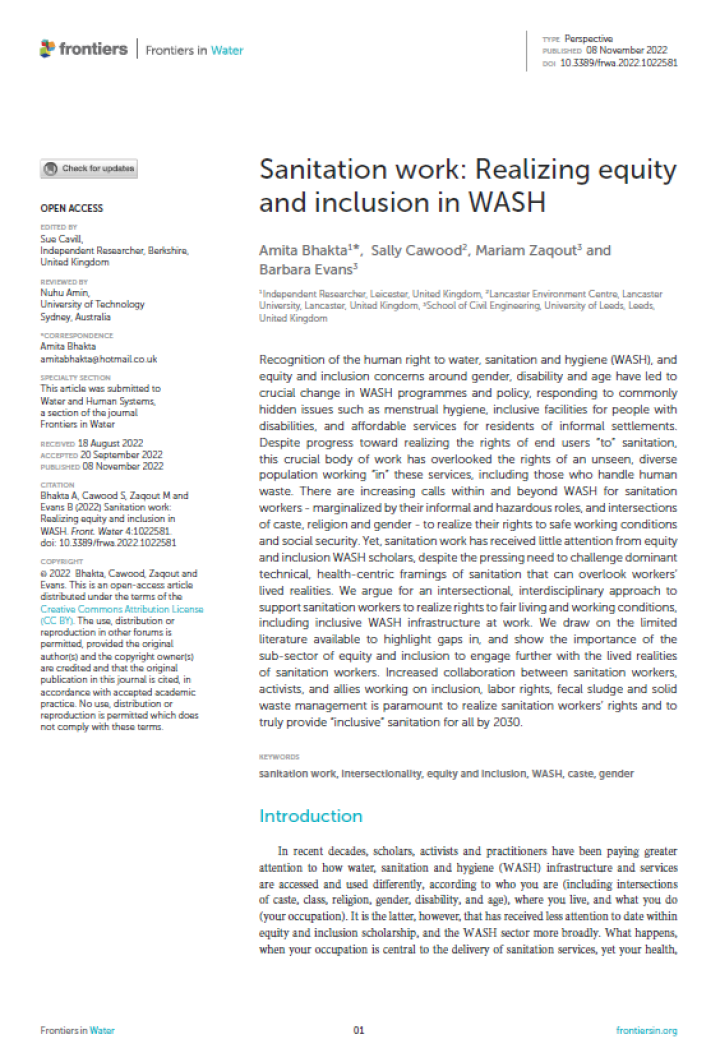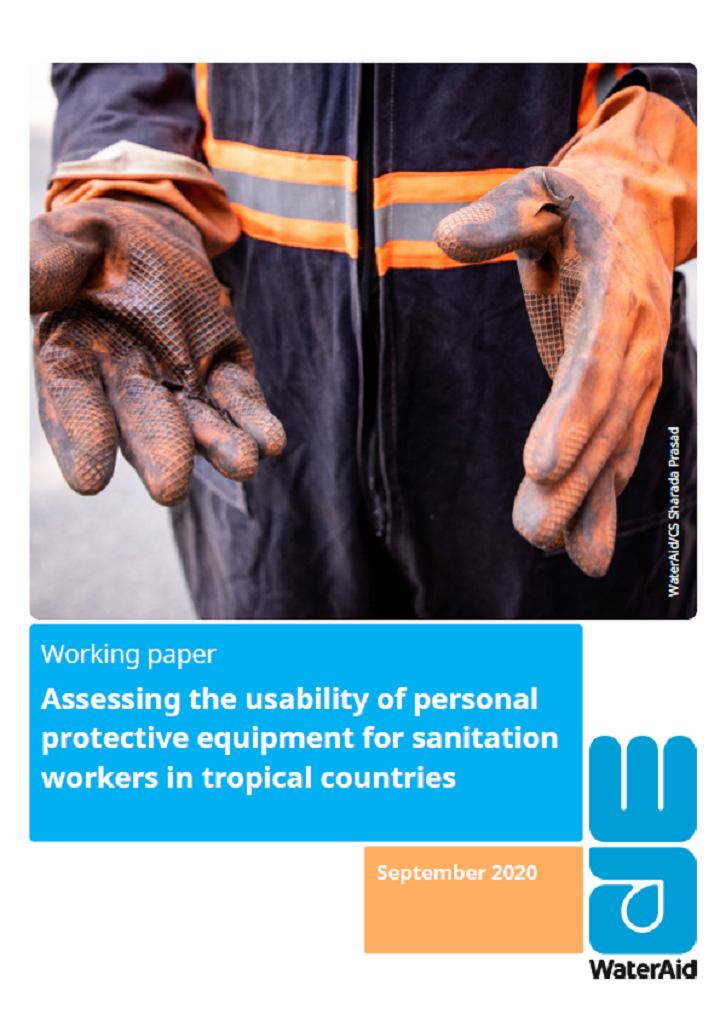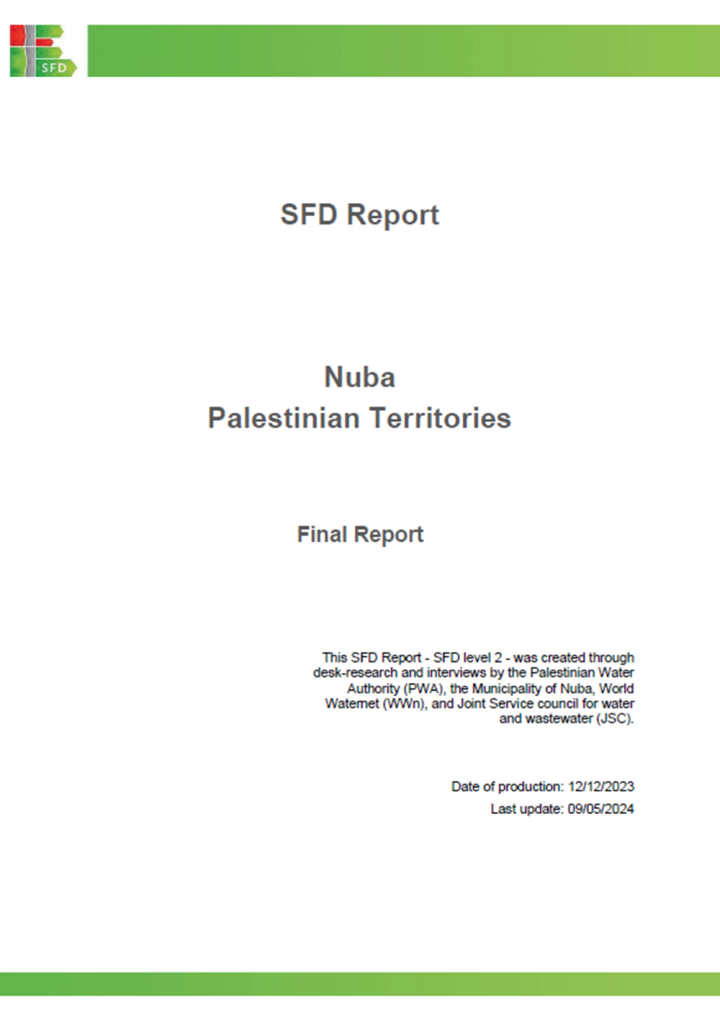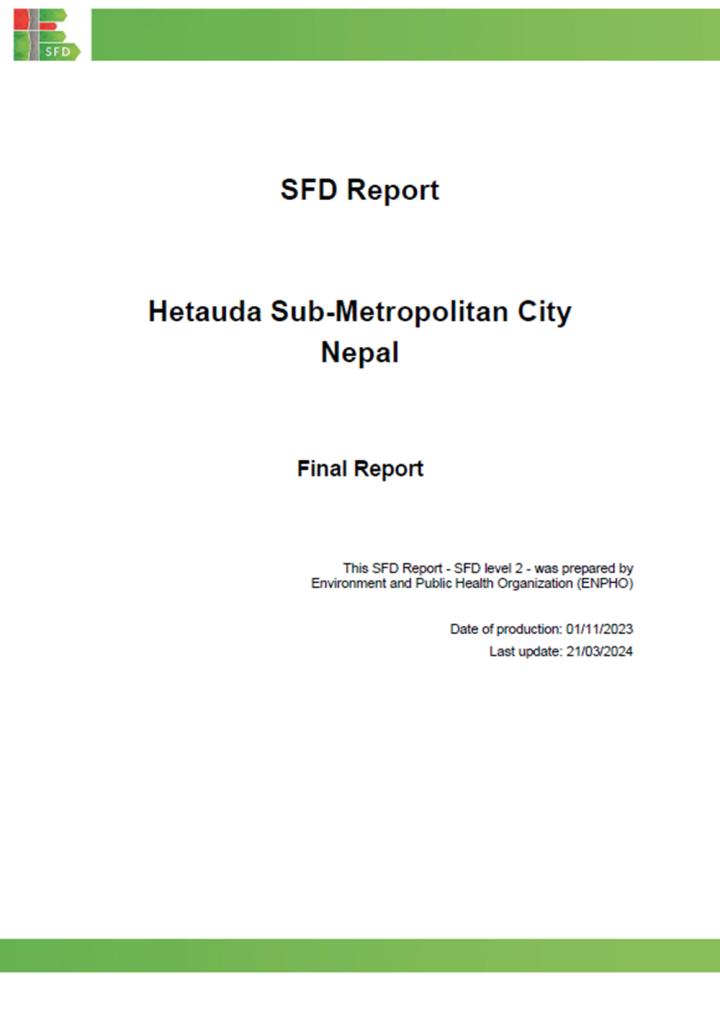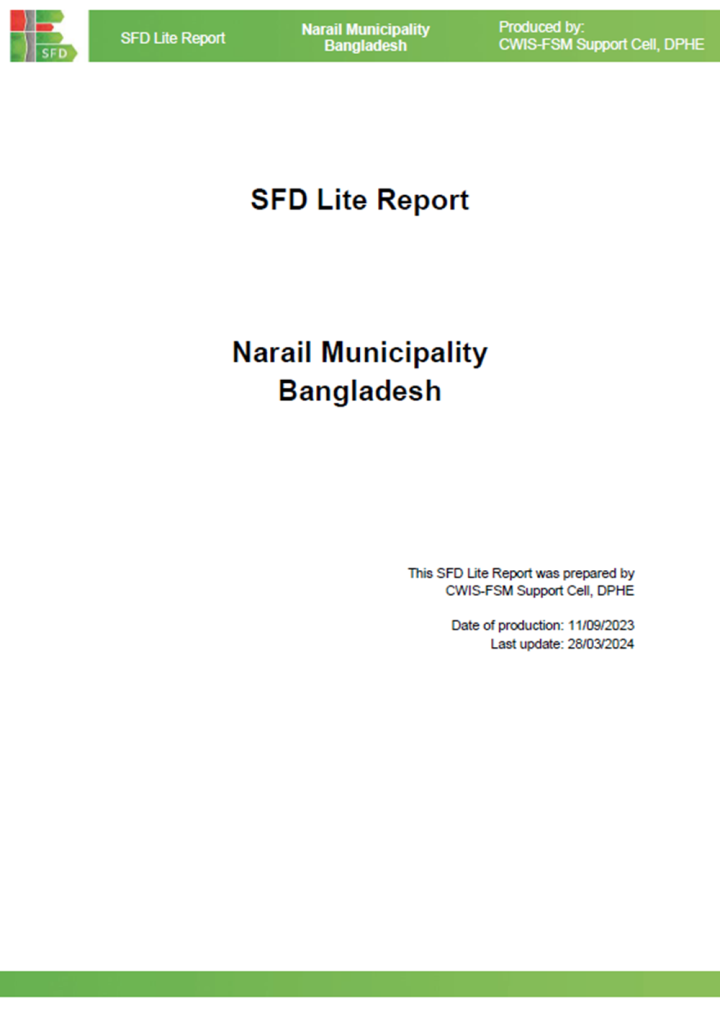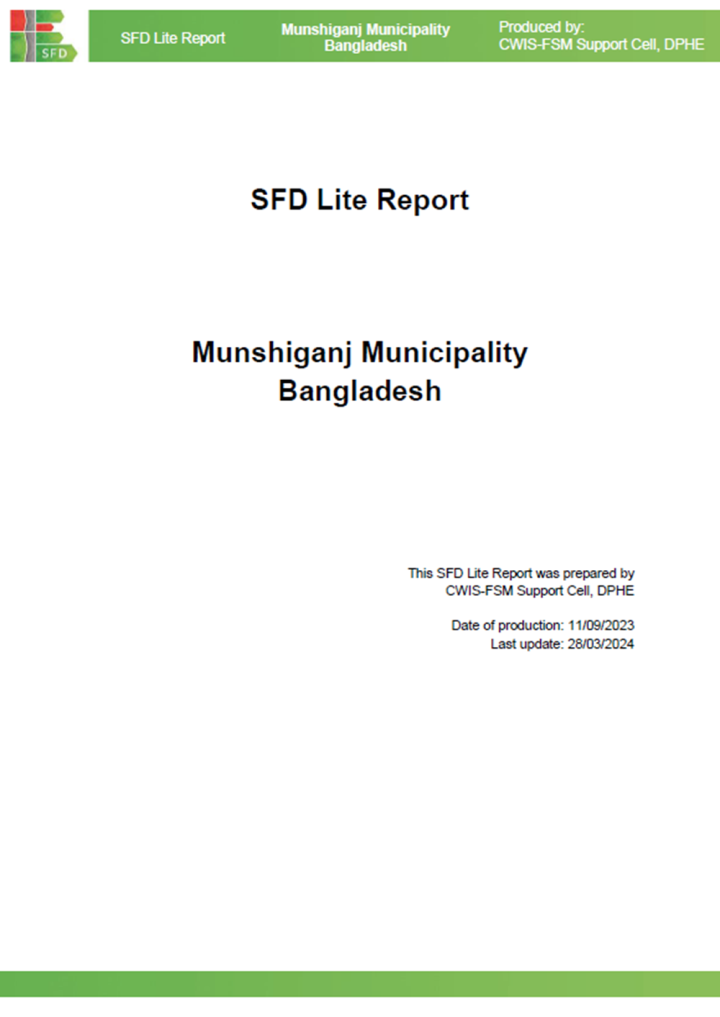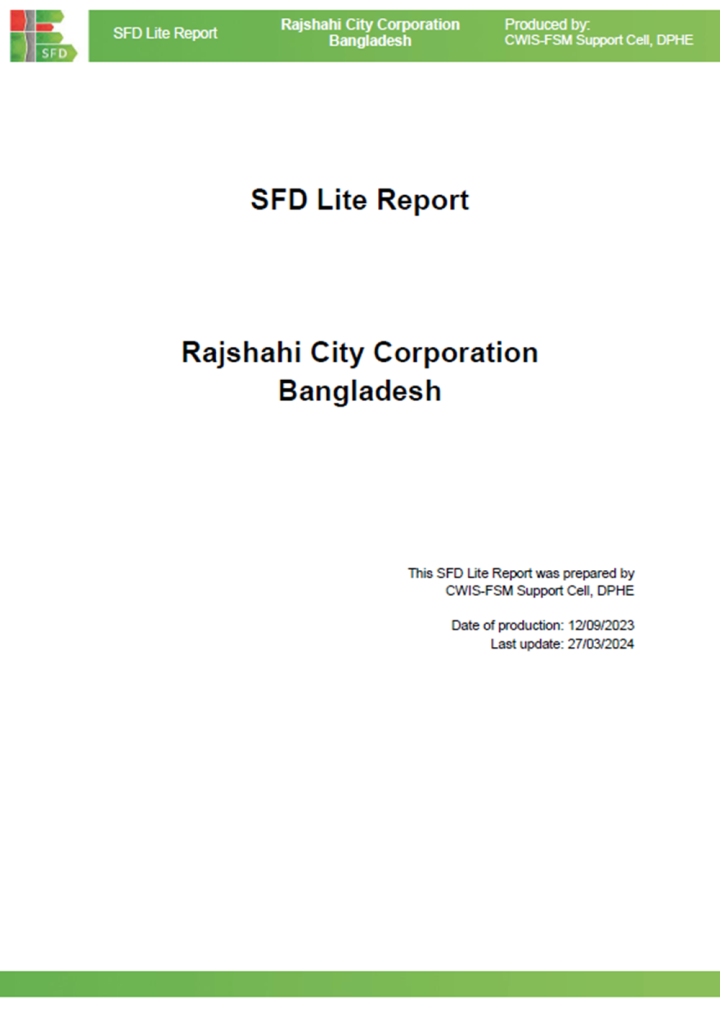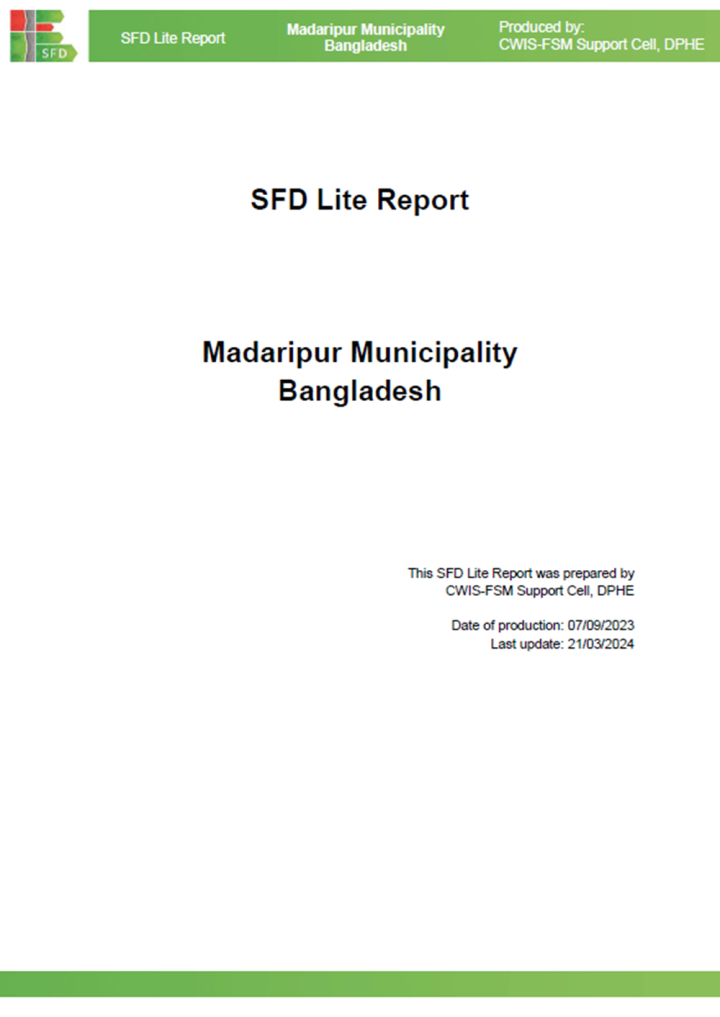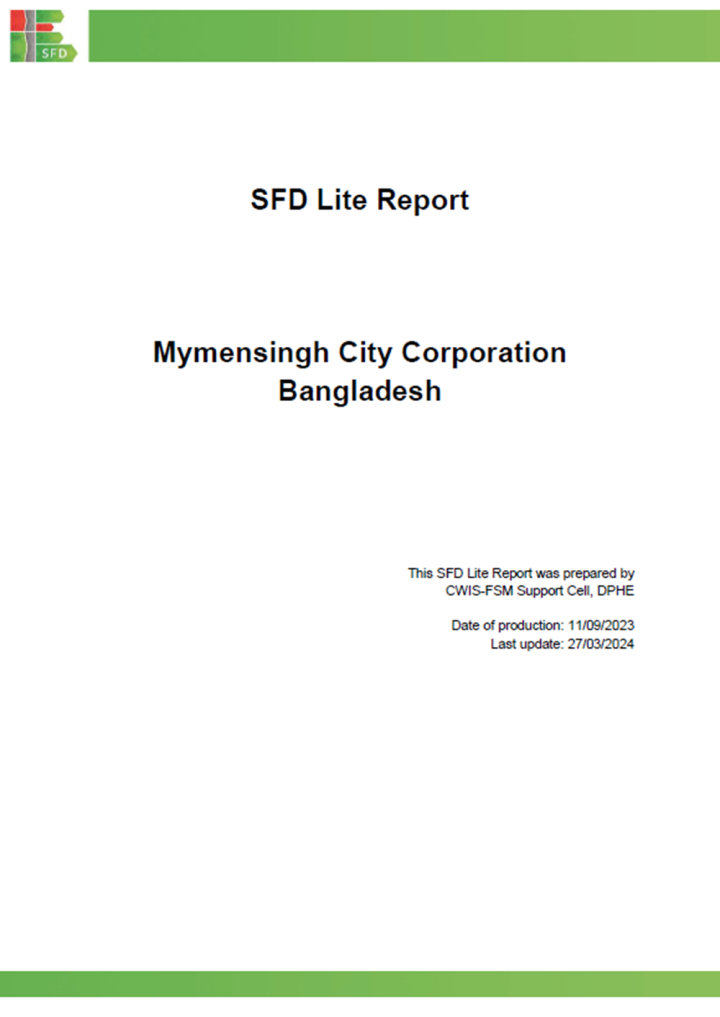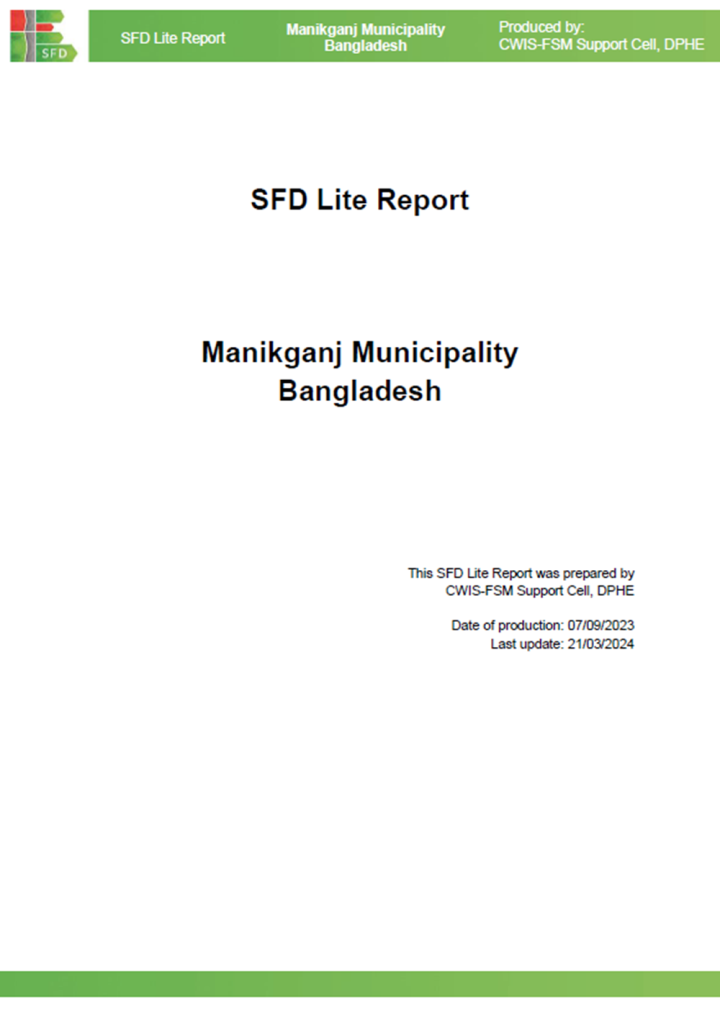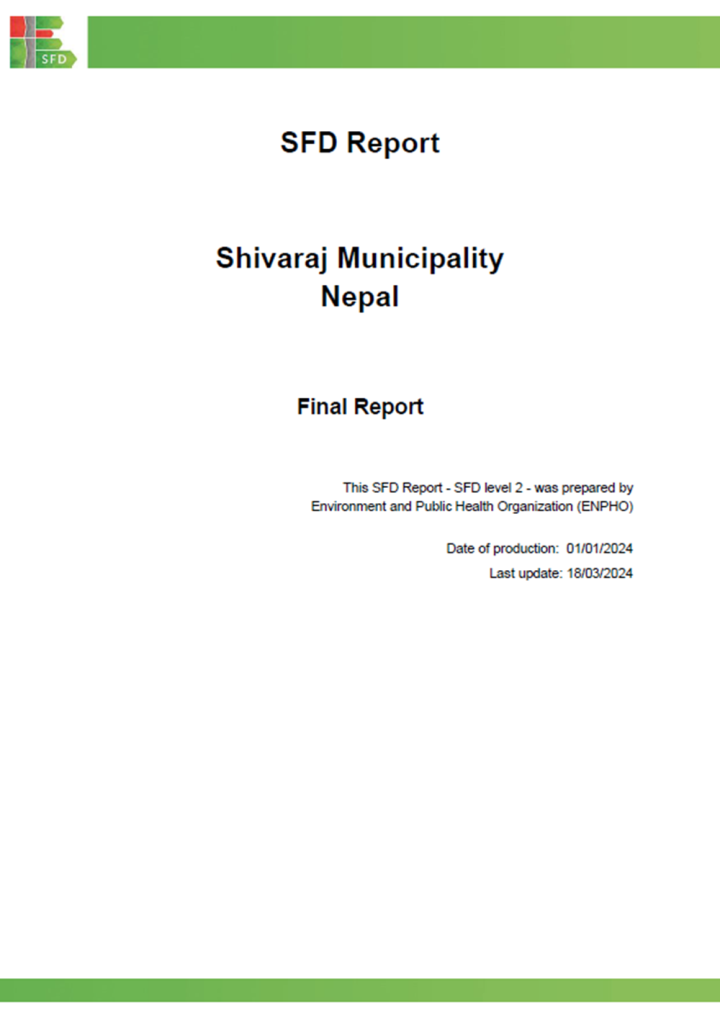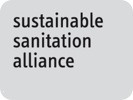(0) SuSanA Annual Meeting 2024 - Open call for contribution
SuSanA is gearing up for its annual meeting and we want you to be part of it! The agenda for the meeting will be shaped by you – the SuSanA community. The three key topics for this year decided by the Advisory Board will be: Climate & Sanitation, Resource Recovery, and South-South Dialogue. If you want to contribute to one of the key areas with […]
WaterAid India (2019) The hidden world of sanitation workers in India
The stigmatised caste system in India remains to be the key determinant of the fate of these workers. As a result, people, families and communities mainly ‘Dalits’ are compelled to perform these tasks which are not just hazardous and stigmatising but also highly underpaid. This not only makes their identities confined to sanitation work they are involved in, but also pushes them to accept the […]
Amita Bhakta, Sally Cawood, Mariam Zaqout and Barbara Evans (2022) Sanitation work: Realizing equity and inclusion in WASH
Recognition of the human right to water, sanitation and hygiene (WASH), and equity and inclusion concerns around gender, disability and age have led to crucial change in WASH programmes and policy, responding to commonly hidden issues such as menstrual hygiene, inclusive facilities for people with disabilities, and affordable services for residents of informal settlements. Despite progress toward realizing the rights of end users “to” sanitation, […]
Prerana Somani and Andrés Hueso González (2020) Assessing the usability of personal protective equipment for sanitation workers in tropical countries
Efforts to meet SDG target 6.2 overlook sanitation workers' health and safety. In low- and middle-income countries (LMICs), workers lack proper personal protective equipment (PPE), leading to risks of injury and illness. Even when available, PPE is inconsistently used. This study examines PPE usability for sewer cleaners and tank emptiers in tropical countries, finding inadequate design and materials contribute to low usage. To address this, […]
Sina Temesgen Tolera, Wegene Diriba, Gebisa Dirirsa Gutema, and Gudeta Kaweti (2023) Determinants of Occupational Health and Safety Outcomes Among Sanitation Workers Across Worldwide: A Systematic Review on Cross-Sectional Studies
Sanitation workers face occupational health and safety challenges due to unsafe working conditions and exposure to waste. Numerous studies have highlighted the occupational hazards and accidents faced by sanitation workers, who are also frequently subject to discrimination and neglect within societies. However, there has been limited research quantifying the factors associated with occupational outcomes among this group, prompting this study. This Systematic Review provides evidence […]
R. Abdel Sattar; J. Rogla, PhD; T. Veasna; T. Kozole; C. Nicoletti; and J. Harper, PhD, PE (2024) Effects of Climate Vulnerability on Household Sanitation Access, Functionality and Practices in Rural Cambodia
With climate events increasing in frequency and severity, effects on human life, particularly those most vulnerable, are projected to increase in coming decades. Focusing on the effects of floods, storms, and drought, , we investigate how climate vulnerability correlates with toilet dysfunction and abandonment in rural Cambodia using two household surveys, a latrine sales database, two flood-extent maps, and a composite climate vulnerability index. Using […]
(2024) Statewide Intensive Capacity Building Programs on Occupational Safety and Dignity of Sanitation Workers in Maharashtra A capacity building initiative to enhance the lives of sanitation workers in Maharashtra
This collaborative effort between the Government of Maharashtra, RCUES of AIILSG Mumbai, and UNICEF India aimed to empower sanitation workers through a comprehensive capacity building program focused on occupational safety and dignity. The initiative successfully trained over 250 Master Trainers who then disseminated their knowledge to more than 2,000 sanitation workers across the state, addressing occupational safety concerns and contributing to public health goals.
PWA, Municipality of Nuba, WWn and JSC (2024) SFD (Level 2) Report - Nuba, Palestinian Territories
Nuba is a Palestinian village in Hebron Governorate, located 12 km northwest to Hebron city, in the south of the West Bank. The village is located within the southern Palestinian mountains, that are descending from east to west, with an average altitude of 550 m above sea level. It is bordered by Halhul village to the east , Kharas to the north, Beit Ula to […]
ENPHO (2024) SFD Report - Hetauda Sub-Metropolitan City Nepal
Hetauda Sub-Metropolitan City (SMC) is situated in the confluence of the two prominent national highways viz. Tribhuvan highway and Mahendra highway. Hetauda Municipality was expanded as Sub-Metropolitan City in 2014. It has 19 wards and covers the area of 261.58 sq.km. According to national population and housing census 2021, Hetauda Sub-Metropolitan City has a total population of 193,576 and 46,566 households. The SFD graphic shows […]
CWIS-FSM Support Cell, DPHE (2024) SFD (Lite) Report - Narail Municipality, Bangladesh
Narail is a fast-growing city, which is 198 km away from south-west side of the Dhaka. It is beside the Chitra River and well connected with road and water. It is one of the oldest towns in the sub-continent and was declared Municipality in 1972. According to the population census in 2011 by the Bangladesh Bureau of Statistics (BBS), the Narail city population 42,299. The […]
CWIS-FSM Support Cell, DPHE (2024) SFD (Lite) Report - Munshiganj Municipality, Bangladesh
Munshiganj is a fast-growing city which is part of Dhaka Division. Dhaka is on the north and distance between Dhaka and Munshiganj is 41.1 km. It has Dhaleshwari River to the north and well connected with road, and water. It is one of the oldest towns in the sub-continent and was declared a municipality in 1972. According to the population census in 2011 by the Bangladesh […]
CWIS-FSM Support Cell, DPHE (2024) SFD (Lite) Report - Rajshahi City Corporation, Bangladesh
Rajshahi is a fast-growing city, which is 248 km away from the Dhaka city. It is beside the Padma River and well connected with road, airway and railways. It is one of the oldest towns and was declared City Corporation in 1990. According to the population census in 2011 by the Bangladesh Bureau of Statistics (BBS), the Rajshahi City population was 449,756. The urban population growth […]
CWIS-FSM Support Cell, DPHE (2024) SFD (Lite) Report - Madaripur Municipality, Bangladesh
Madaripur is a fast-growing municipality, which is 185 km away from the Dhaka city. It is beside the Arial Khal and Kumar Rivers and is well connected with road and water. It is one of the oldest towns in the sub-continent and was declared Municipality in 1875. According to the population census in 2011 by the Bangladesh Bureau of Statistics (BBS), the Madaripur Municipality population […]
Jonathan Wilcox; Bruce Rutayisire; Nicholas Kuria; Barbara Evans; Jamie Bartram; Rachel Sklar (2023) Developing formal pit-latrine emptying businesses for hard-to-serve customers: resources, methods, and pricing structures
This study compares pit-latrine emptying businesses in Kampala, Uganda, and Kigali, Rwanda, focusing on resources, methods, and tariffs. Empirical data from Forever Sanitation and Pit Vidura show challenges with portable vacuum pumps in hard-to-reach areas, highlighting the need for formal manual emptying for some customers where mechanical methods are not viable. Manual emptying has similar duration to using a portable pump because of the additional […]
CWIS-FSM Support Cell, DPHE (2024) SFD (Lite) Report - Moulvibazar Municipality, Bangladesh
Moulvibazar is a fast-growing city, which is 203 km away from the Dhaka city. It is beside the Manu River and well connected with road and water. It is one of the oldest towns in the sub-continent and was declared Municipality in 1987. According to the population census in 2011 by the Bangladesh Bureau of Statistics (BBS), the Moulvibazar Population was 56,537. The urban population growth […]
CWIS-FSM Support Cell, DPHE (2024) SFD (Lite) Report - Mymensingh City Corporation, Bangladesh
Mymensingh is a fast-growing city, which is 112 km away from the Dhaka city. It is beside the Brahmaputra River and well connected with road, water, and railways. It is one of the oldest towns in the sub-continent and was declared City Corporation in 2018. According to the population census in 2011 by the Bangladesh Bureau of Statistics (BBS), the Mymensingh city population was 512,062. The […]
CWIS-FSM Support Cell, DPHE (2024) SFD (Lite) Report - Manikganj Municipality, Bangladesh
Manikganj is a fast-growing city, which is 54 km away from the Dhaka city. It is beside the Kaliganga River and well connected with road and waterway. It is one of the oldest towns and was declared Municipality in 1972. According to the population census in 2011 by the Bangladesh Bureau of Statistics (BBS), the Manikganj city population was 71,698. The urban population growth is […]
CWIS-FSM Support Cell, DPHE (2024) SFD (Lite) Report - Kushtia Municipality, Bangladesh
Kushtia is a fast-growing city located along the Dhaka- N1 and Rajshahi-Kushtia highway and 171 km West of Dhaka. It is beside the Madhumati River and is well connected with road, water, and railways. It is one of the oldest towns in the sub-continent and was declared a municipality in 1869. According to the population census in 2011 by the Bangladesh Bureau of Statistics (BBS), […]
ENPHO (2024) SFD (Level 2) Report - Bheriganga Municipality, Nepal
Bheriganga Municipality is in Surkhet District, Karnali Province of Nepal. It has a total of 13 wards and covers an area of 256.2 km2. It was established on 2 December 2014. According to national population and housing census 2021, the municipality has a total population of 48,203 and 11,539 households. The total male and female populations are 22,538 and 25,665 respectively. The population density […]
ENPHO (2024) SFD (Level 2) Report - Shivaraj Municipality, Nepal
Shivaraj Municipality, established in 2014 through the merger of eight Village Development Committees (VDCs) in the Kapilvastu district, Nepal, encompasses 248.08 square kilometres. The 2021 census reports a population of 84,810 in 16,241 households, with a gender distribution of 51.3% male and 48.7% female. The SFD graphic shows that 49% of the excreta or faecal sludge generated are safely managed while 51% are unsafely managed. The safely […]

